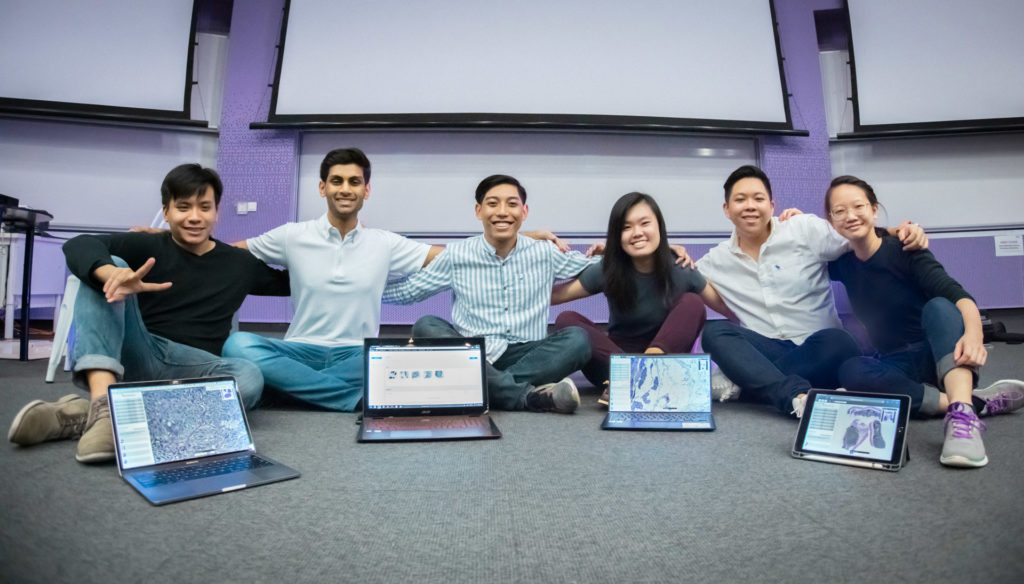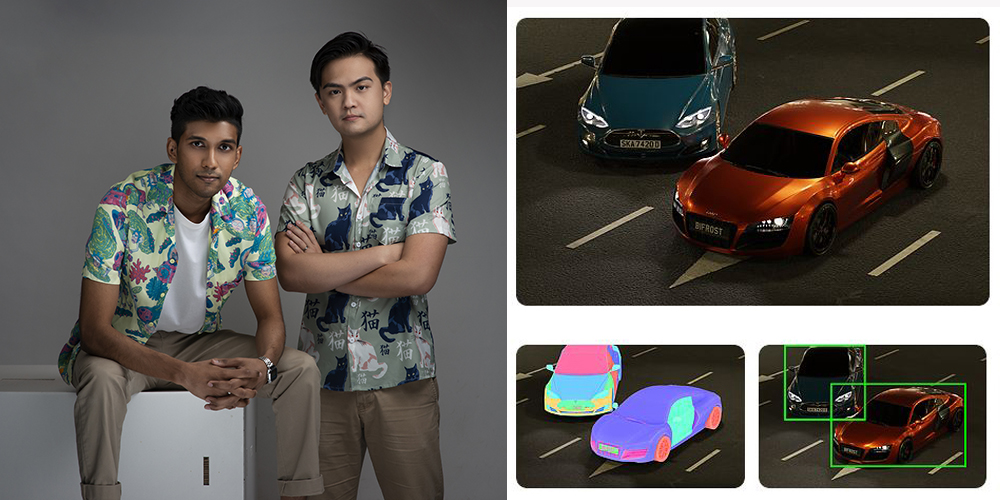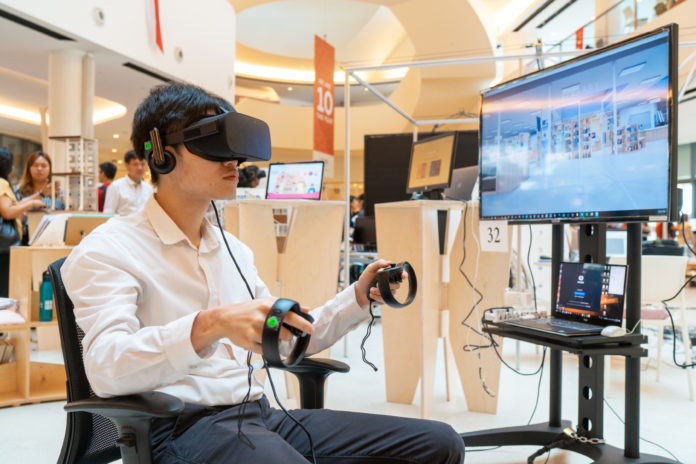How we’re leading the charge towards a new era of innovation.
Today’s constantly evolving climate requires a different approach to design education, and so the Singapore University of Technology and Design (SUTD) was established to lead the charge towards a new era of innovation. SUTD’s mission is to nurture a new breed of technically grounded leaders and innovators to serve societal needs.
A New Era of Innovation
“The 21st century is a volatile, uncertain, complex, ambiguous (VUCA) world, where the industry has to deal with global challenges like Industry 4.0, cybersecurity, global sustainability, rapid urbanisation, ageing societies and more,” said SUTD President Professor Chong Tow Chong.
To solve these multi-faceted issues, the world needs inter-disciplinary solutions that are powered by emerging technologies, and developed from the user’s perspective; aka human-centric design thinking.
SUTD’s Approach to Navigating the New Era
- A human-centred design approach to address modern-day problems
The problems we face today cannot be solved with yesterday’s thinking and approach, and this is where human-centred design thinking comes in. This approach places an emphasis on developing empathy for users, by putting oneself into their shoes so as to better understand their needs.
At SUTD, students are taught and empowered to apply their design-thinking skills to address real-world issues through their modules and Capstone projects, as well as through research, internship, and entrepreneurship opportunities.
According to the Ministry of Health in Singapore, cancer currently causes about a quarter of all deaths. Yet, despite the scale of the problem, cancer research is severely under-represented. Realising this, a group of SUTD students sought to make cancer research more efficient.
 The student team behind Qurie.
The student team behind Qurie.
As part of their Capstone project, the said group of students developed Qurie, an all-in-one, AI-augmented, digital histopathy platform. Qurie complements cancer researchers by greatly reducing the time needed to analyse potentially cancerous tissue specimens and generate reports. This frees up valuable time that could be channelled into more meaningful work such as drug discovery and research.
Another existing real-world challenge is that while AI-powered systems are smart, they are yet to be as intuitive as humans. For example, autonomous systems need to be fed huge amounts of labelled data in order to correctly recognise items and situations. What happens then, when these systems need to learn about uncommon phenomena, such as traffic accidents and specific product defects?
 Bifrost simulates reality to accelerate AI training
Bifrost simulates reality to accelerate AI training
To solve this, SUTD students Aravind Kandiah and Charles Wong developed Bifrost, an AI system that helps train other AI systems. It does this by generating a virtual world to simulate uncommon occurrences such as a collapsing building or car accidents. Vast amounts of labelled data can then be created this way to train AI systems quickly, and at a lower cost.
- Interdisciplinary collaboration brings together the best ideas from different fields
The complexity of today’s challenges calls for innovative solutions through collaboration. Recognising this, SUTD was the first in Singapore to offer an inter-disciplinary curriculum (co-designed with MIT) for Architecture, Engineering, and Computing, providing a multi-faceted perspective to innovation.
In today’s globalised and digital world, the rise of e-commerce has led to an increasing demand in logistics. In response, SUTD’s engineering and architecture students teamed up to develop solutions such as wArehouse Planner, an augmented reality (AR) tool that enables better warehouse planning via 3D visualisation, and Do-do, a delivery robot designed to assist couriers to carry out more deliveries. These solutions increase efficiency and user experience, but would not have been created without the combined expertise of students from different disciplines.
 wArehouse Planner: Enhance your warehouse planning experience with intuitive interaction, accurate 3D visualisation and real-time feedback
wArehouse Planner: Enhance your warehouse planning experience with intuitive interaction, accurate 3D visualisation and real-time feedback
“Apart from deep technical skills, at SUTD, I developed a keen understanding of a universal design methodology that is necessary to tackle large, complex and abstract design problems. We were trained not to shy away from interdisciplinary problems but to embrace them. It has enabled me to traverse through leading institutions both in business (Citi) and academia (University of Cambridge). It is this compatibility of SUTD’s education with the needs of real businesses that the SUTD pedagogy shines.”
– Joshua Cheong, Digital Innovation Lead, Assistant Vice President, Citi Commercial Bank
MPhil in Technology Policy, University of Cambridge
First Commonwealth Scholar in Innovation
Class of 2015, ISTD Alumnus
Like what you just read?
Have a query for our students and/or Admissions Team? Speak to them here!
Find out what student life and Freshmore year is like in SUTD.
Find out more about some of the scholarships and financial aid schemes available at SUTD.
Rewatch our talks and join our post-Open House programmes on our Open House website!






























